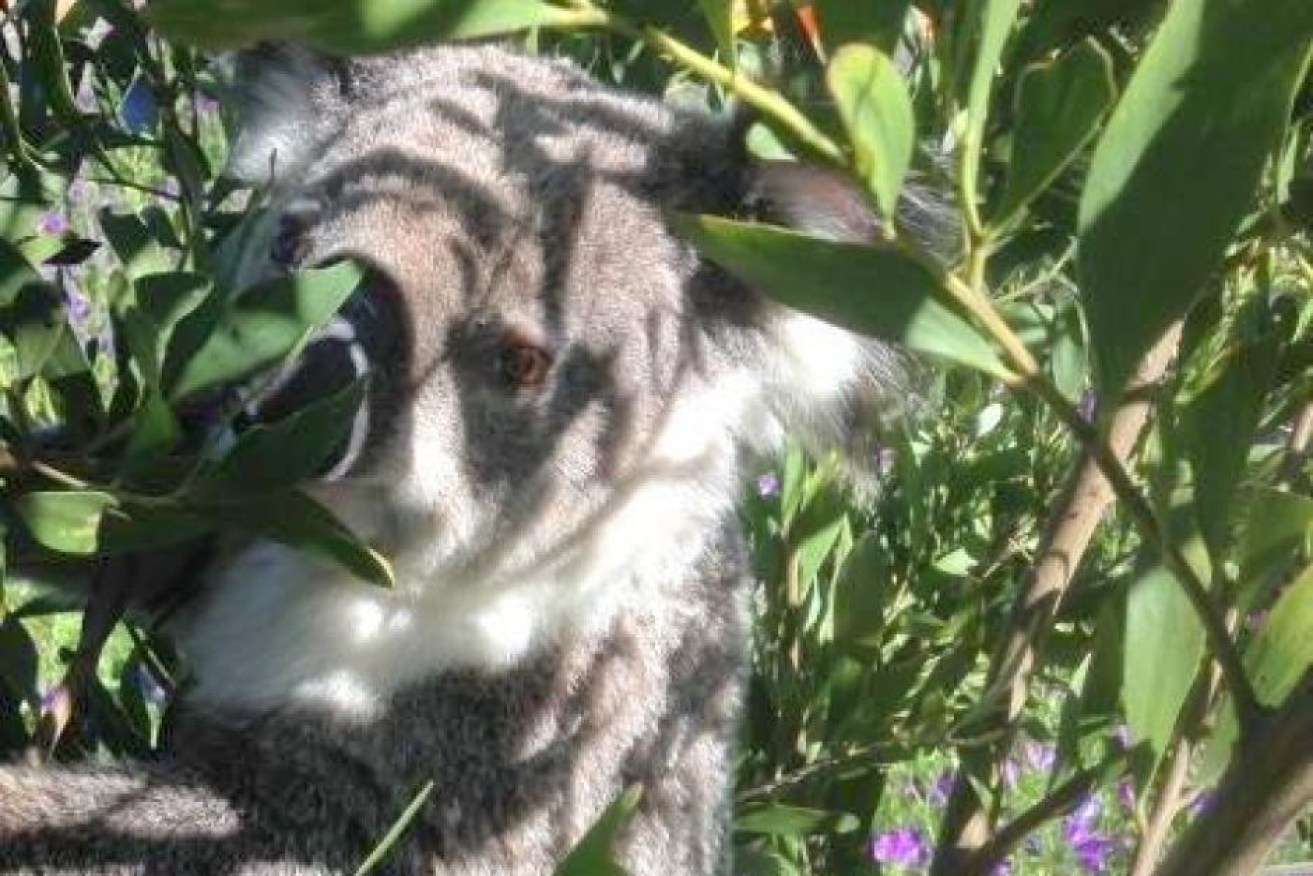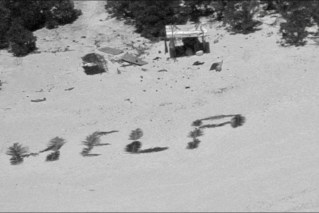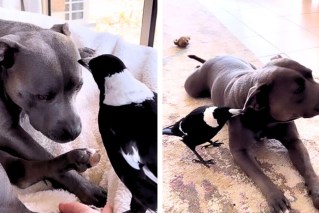First koala spotted in 75 years in Kosciuszko National Park

The male is the first confirmed sighting of a koala, within the Kosciusko National Park, since 1940. Photo: NSW NPWS
A koala has been spotted in Kosciuszko National Park – the first confirmed sighting in 75 years.
NSW National Parks Area Manager Matt White said a motorist spotted a healthy male koala crossing the Snowy Mountains Highway in late November, near Blowering Dam, east of Tumut.
“It continued towards a stand of eucalypts and was seen climbing up one of the trees where it stayed looking quite content,” Mr White said.
“We’re not sure if the sighting is an isolated individual that has wandered in looking for suitable vacant habitat or if it marks the discovery of a previously unrecorded wild population.”
According to NSW National Parks and Wildlife Service (NPWS), the last record of a koala in the park was near Batlow in 1940, although there was an unconfirmed sighting near Talbingo shortly afterward.
“We haven’t even looked for koalas for decades there, it’s so rare,” Mr White said.
The nearest known populations are 150km away, at Cooma, Albury and Narrandera.
It’s not unusual for males to be found on their own, as they look for a mate.
“This one has either travelled a long way, or there are populations we don’t know about.”
NPWS officers have been back out to the area, but have not found the koala.
They plan to return with a larger team to conduct a more extensive survey of the area.
“The background in a couple of the photos is distinguishable as definitely confirming the koala was spotted where it was reported,” Mr White said.
How much travel can a koala bear?
Koala ecologist Stephen Phillips said koalas left their mother’s colony to avoid territorial fights with their father.
This occurs around one or two years of age, until the appearance outside the pouch of the next season’s joey. If the mother has not produced another joey, then the joey will stay longer ensuring it has a greater chance of survival.
Dr Phillips said, once they left their mothers, koalas could travel long distances.
“They’re physically and metabolically equipped to travel long distances when they need to,” he said.
“We’ve had some radio-tracked koalas cover 60 to 70km over the course of two or three months while they’re looking for somewhere to live.”
Dr Phillips said the job of the male was to find some ideal habitat and then start attracting a mate.
“The male call is a very low frequency call, and it can travel many, many kilometres, especially in mountainous terrain,” he said.
“The call becomes a source of attraction for females, and helps males mark out their territory.”
A sign the revegetation program is working

The koala was last seen in this group of trees, which were planted as part of a revegetation program along the Blowering Dam foreshore. Photo: NSW NPWS
The area has been the site of a revegetation program over the past seven years.
Parks workers and volunteers have planted more than 800,000 trees on land that was once cleared for farming.
“This sighting could be an indication that we haven’t been looking hard enough, or that our revegetation program is working,” Mr White said.
“I’d hate for him to get all this way and be run over by a car.”
The NPWS would like to hear from anyone who spots a koala in Kosciuszko, by contacting the NPWS Tumut office on 02 6947 7000.
-ABC








